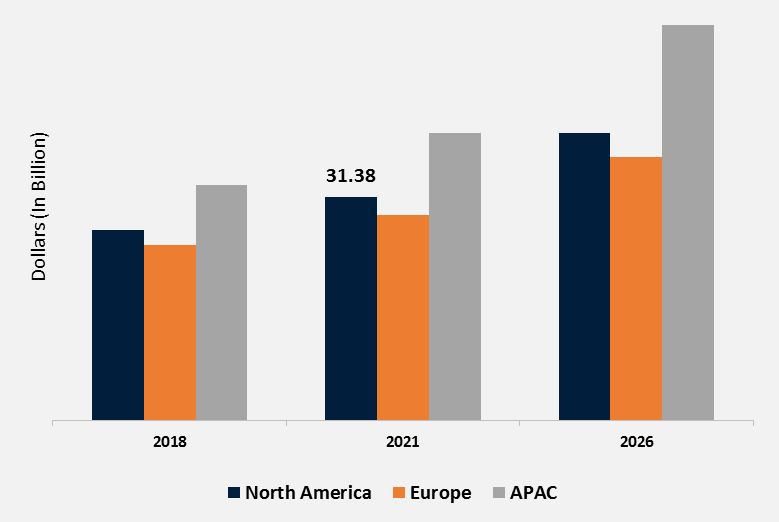
The market analyst says the booming construction and infrastructure industry will fuel market growth, in addition to increasing disposable incomes attributable to the growing global population. It predicts that the global precast market will increase by a CAGR (compound annual growth rate) of 5.7% between 2019 and 2026.
The report says that growing urbanisation in the North American countries will boost infrastructure in areas such as transport and power.
The market will also be affected by the growth of the construction sector in Europe - including Germany, France and the UK - which will be a strong driver of the global precast market.
The Asia Pacific held the largest regional share of the global precast market in 2018 at around 31% due to substantial developments in the R&D of advanced technologies in the construction and infrastructure sector. It is forecast to maintain its global market lead through to 2026.
Going forward, the report predicts that innovations and technology advances from increasing investments in R&D in the construction sector will be another factor driving demand for precast concretes. Reports and Data says that development of eco-friendly and sustainable construction methods will positively impact the demand in the coming years.
Precast concrete is a high-performance material that integrates easily with other systems and inherently provides the efficiency, versatility, and resiliency needed, to meet the multi-hazard requirements and long-term demands of building structures. These structures offer superior resistance to fires, natural disasters, insects, and mold.
It also provides resistance to damages from wind, rain, earthquakes, termites, and decay. It offers lower maintenance and insurance costs. Costs associated with cooling and heating can be significantly reduced through the thermal mass benefits of concrete. Reduced peak cooling and heating loads can be achieved as concrete reacts slowly to changes in outside temperature.
Precast buildings also absorb sound owing to the density of concrete, which makes it an ideal choice for commercial and residential buildings. Moreover, prefabricated structures do not interfere with local Wi-Fi, radio signals, or internet networks. Research and Markets says this enables precast to be the most technology-friendly building material for commercial application as they are getting wired connections for information technology.






